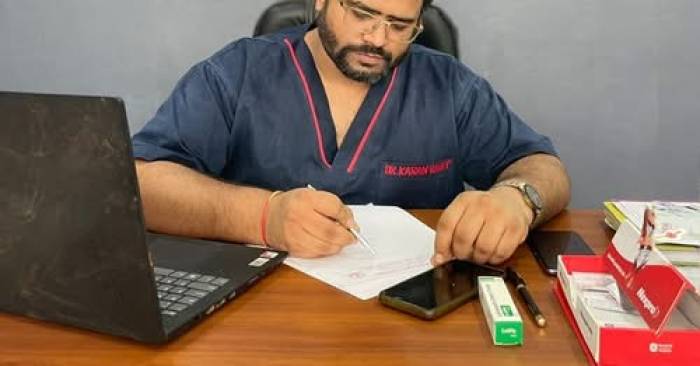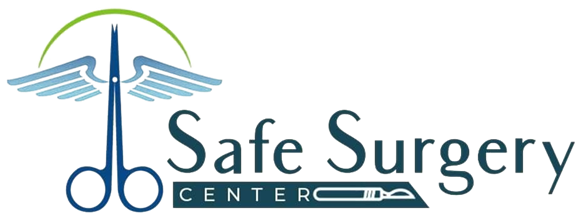
Know About Laparoscopic Hernia Surgery
Hernias develop when an organ or other tissue protrudes through a weak spot in a muscle. While these can develop anywhere in the body, the majority arise as inguinal, umbilical, or incisional hernias. Laparoscopic hernia repair is a contemporary minimally invasive procedure in treating these hernias.
Laparoscopic repair is not done via open surgery and occurs via tiny cuts. A laparoscope, a thin tube with a camera, is inserted through one incision to help direct the surgery. Other minuscule incisions are made with special instruments to repair the hernia with mesh, which reinforces the weakened spot. Consult Hernia Specialist in Agra Dr. Karan Rawat, he offers the best treatment facilities and will help you recover within a week.
Advantages of Laparoscopic Surgery:
Smaller incisions
Less postoperative pain
Shorter hospital stay
Rapid recovery to normal activities
Reduced risk of infection
Who Can Have It?
The majority of patients with simple hernias qualify. However, patients who have very large or strangulated hernias may require open surgery. Your surgeon will consider your condition and recommend the best choice.
Preparation and Recovery:
Patients can also be asked to avoid eating and taking certain medications before surgery. It generally takes 1 to 2 hours. The majority of patients can go home that day or the day after. It takes 1–2 weeks for recovery after the surgery, but full activity may be resumed in 4–6 weeks.
Risks to Consider:
As with all surgery, risks are bleeding, infection and reactions to anesthesia. Complications: Occasionally the hernia can come back or there can be problems related to the mesh.
Conclusion:
Laparoscopic hernia repair: An alternative method for successful hernia treatment. If you suspect you might have a hernia or want to learn more about treatment options, reach out to a reputable best hernia specialist in Agra Dr. Karan Rawat to learn about options that are right for your type of hernia.



